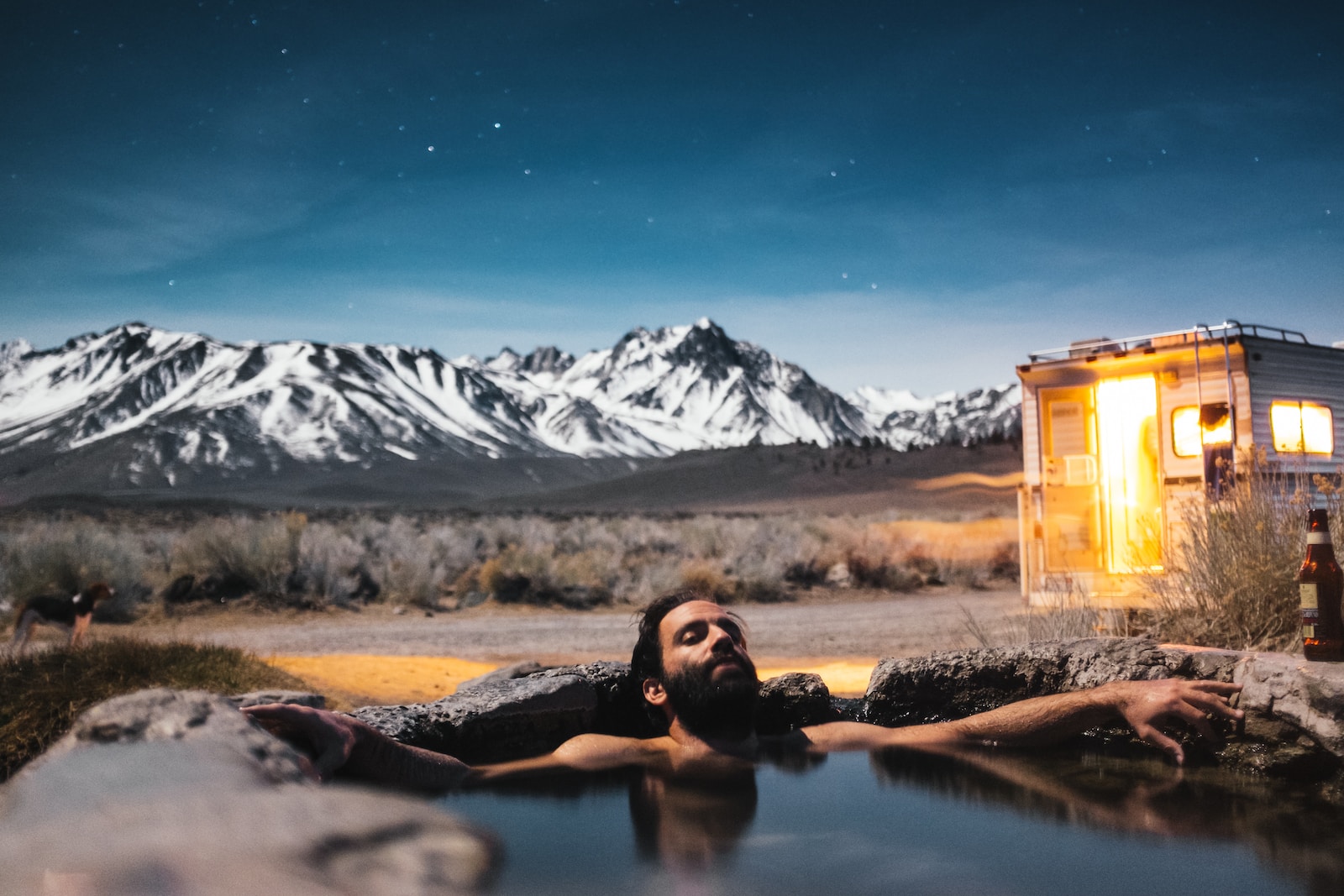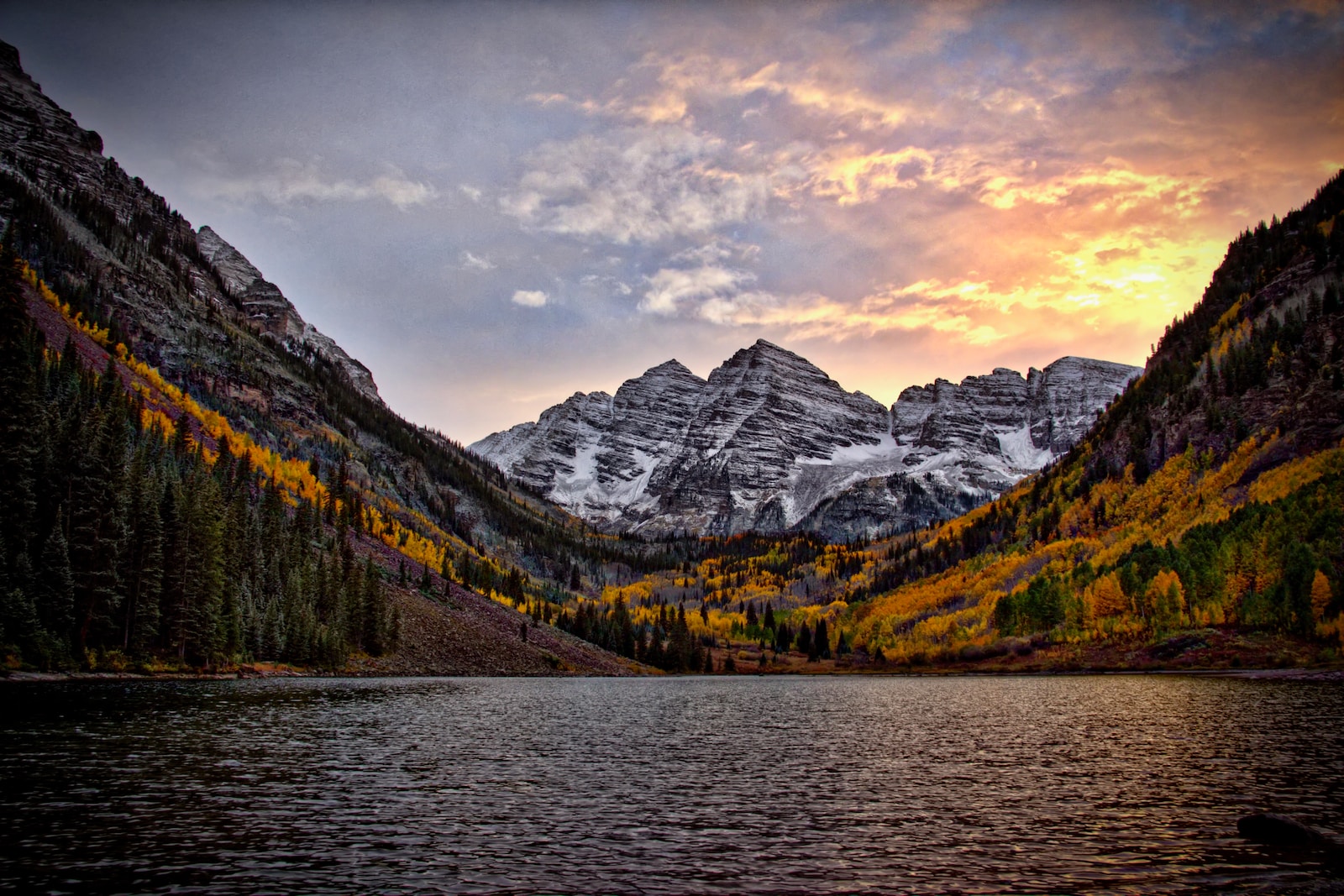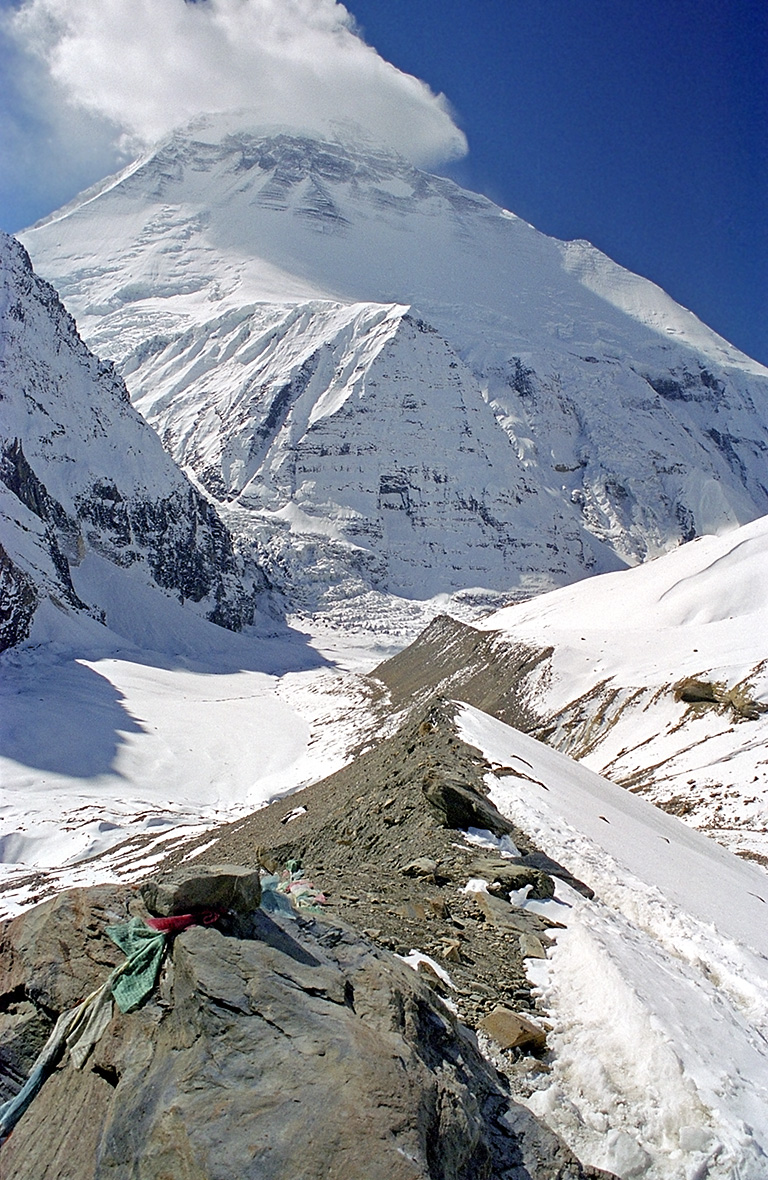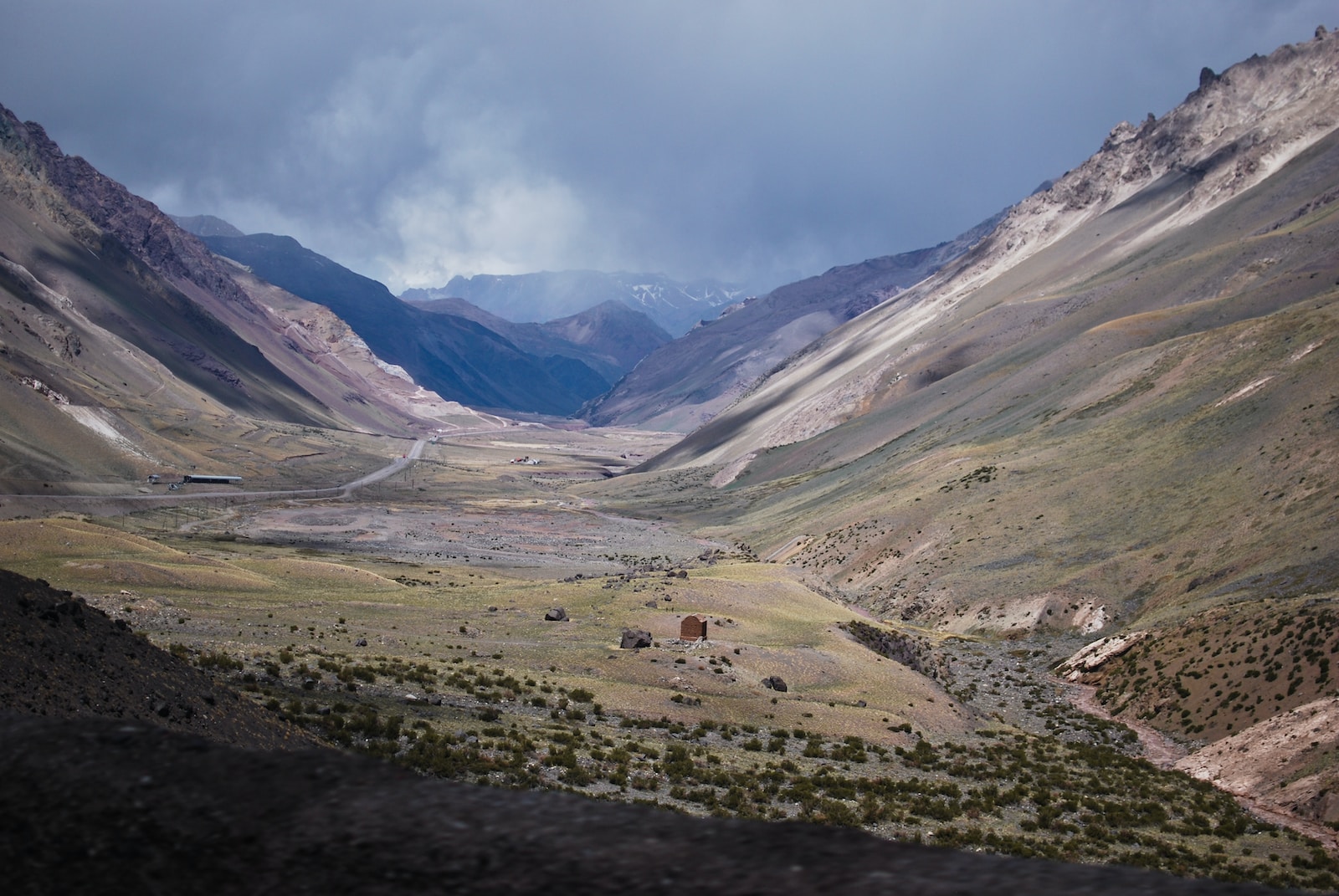Welcome to Hot Springs – A Photographer’s Paradise, a scenic guide that will transport you to the divine essence of hot springs through the lens of a camera. Whether you’re a nature lover, landscape enthusiast, or travel photographer, this blog is your ultimate resource for capturing the breathtaking beauty of hot springs. Discover the best camera settings, timing tips, and safety measures to create awe-inspiring hot springs photography. Dive into this immersive journey and let your creativity flow as you explore the wonders of hot springs.
Table of Contents
- The Enchanting Allure of Hot Springs
- Capturing the Essence – Hot Springs Photography Tips
- Camera Settings and Equipment
- Frequently Asked Questions
- 1. What camera settings should I use for hot springs photography?
- 2. What is the best time of day to photograph hot springs?
- 3. Are there any safety measures I need to follow while photographing hot springs?
- 4. What are some tips for capturing the divine essence of hot springs in my photos?
- 5. Can you recommend any hot springs photography locations?
- 6. How can I improve my landscape photography skills?
- Wrap Up
The Enchanting Allure of Hot Springs
As you step into the realm of hot springs photography, prepare to be captivated by the enchanting allure that these natural wonders exude. The combination of pristine natural surroundings, steaming thermal waters, and vibrant geological formations sets the stage for truly extraordinary shots. Hot springs not only provide an opportunity to capture the beauty of nature but also allow you to immerse yourself in the therapeutic and rejuvenating power of these awe-inspiring locations.
Camera Settings for Hot Springs Photography
To truly capture the divine essence of hot springs, it’s crucial to master your camera settings. Begin by utilizing a wider lens, such as a 16-35mm or 24-70mm, to encompass the grandeur of the surroundings. Opt for a lower ISO setting to minimize noise and maintain image clarity. Experiment with different aperture values to achieve the desired depth of field. Don’t forget to shoot in RAW format for maximum post-processing flexibility and to fully unleash your creativity.
The Perfect Timing for Hot Springs Photography
Timing is everything when it comes to hot springs photography. The optimal time to capture these natural wonders is during the golden hours – shortly after sunrise or before sunset. The warm, soft light during these times adds a magical touch to your photographs, enhancing the colors and textures of the landscape. Plan your shoot accordingly and keep an eye on weather conditions, as dramatic skies can amplify the beauty and mood of your hot springs images.
Safety Measures and Respect for Nature
While hot springs offer unrivaled photographic opportunities, it’s essential to prioritize safety and respect for the environment. Always research and familiarize yourself with the hot spring’s regulations, as some locations may have restricted access or require permits. Be cautious of unstable ground and varying temperatures near the springs. Respect the surrounding flora and fauna, ensuring minimal disruption while capturing the essence of these natural marvels.
Capturing the Essence – Hot Springs Photography Tips
Now that you’re equipped with the necessary knowledge of camera settings, timing, and safety, let’s dive deeper into the art of hot springs photography. Here are some additional tips to help you capture the essence of these captivating locations:
1. Composition is Key
Hot springs offer a multitude of compositional elements to work with. Experiment with different angles and perspectives to find unique viewpoints. Incorporate leading lines, such as snaking streams or winding paths, to guide the viewer’s eye through the image. Reflective surfaces and steam can add layers of interest and mystery to your photographs.
2. Embrace the Changing Seasons
Hot springs undergo a remarkable transformation with each passing season. Venture out during spring when vibrant blossoms create a stunning contrast against the steamy pools. In summer, lush green surroundings breathe life into your compositions. Fall presents a myriad of colors as leaves change, while winter blankets the landscape in ethereal beauty. Explore the possibilities and document the ever-changing hot springscapes.
3. Capture the Motion
Hot springs are not only visually captivating but also dynamic. Use long exposure techniques to capture the mesmerizing movement of steaming waters or cascading waterfalls near the springs. This will add a sense of serenity and motion to your images, elevating them from static scenes to immersive experiences.
4. Look Beyond the Obvious
While hot springs are undoubtedly the centerpiece, don’t overlook the hidden gems that surround them. Venture into the surrounding landscape and explore the delicate flora, unique rock formations, or wildlife that coexist with these natural wonders. This will add depth and a story-telling element to your hot springs photography.
The world's largest hot spring, located in Yellowstone National Park, is the Grand Prismatic Spring. It spans approximately 370 feet in diameter and showcases vibrant bands of color caused by different types of bacteria and algae.
Camera Settings and Equipment
When it comes to hot springs photography, choosing the right camera settings and equipment can make a significant difference in the quality of your shots. Here are some key tips to keep in mind:
- Use a wide-angle lens to capture the expansive beauty of hot springs and surrounding landscapes.
- Set your aperture to a smaller f-stop (between f/8 and f/16) to achieve a greater depth of field and ensure sharp focus from the foreground to the background.
- Adjust your ISO settings to maintain the optimal balance between light sensitivity and the elimination of noise. Start with ISO 100 and make adjustments as necessary depending on the lighting conditions.
- Experiment with different white balance presets or use custom white balance to accurately capture the natural colors of the hot springs.
- Consider using a tripod to stabilize your camera and prevent any unwanted blur, especially when shooting long exposures or in low-light situations.
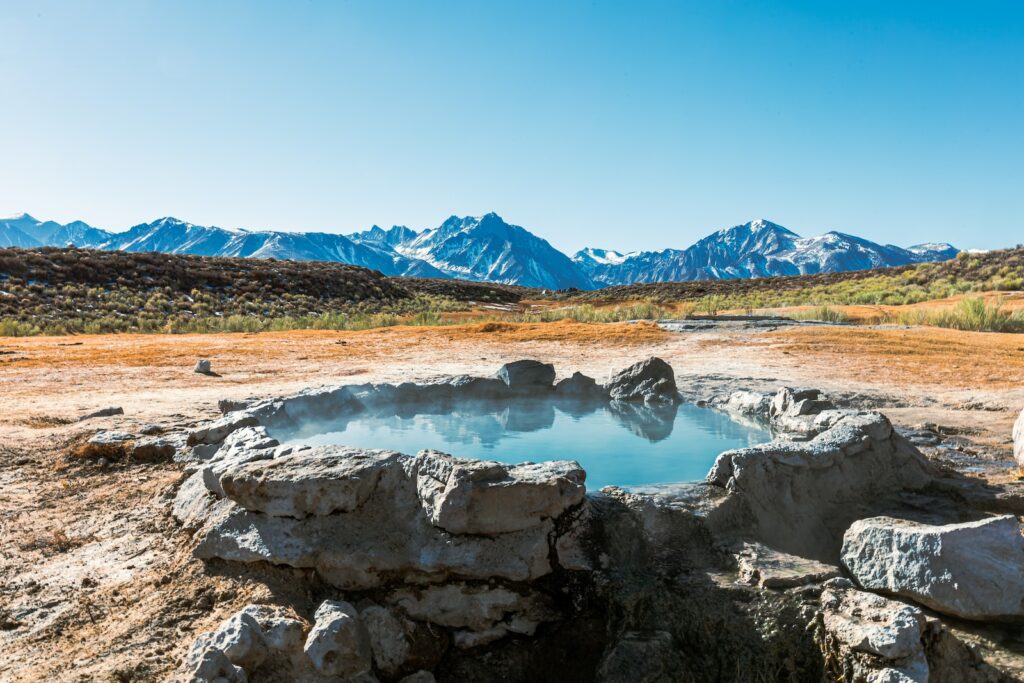
Timing and Lighting
The timing of your hot springs photography session can greatly impact the overall atmosphere and mood of your shots. Here are some tips to make the most of the lighting conditions:
- Early mornings and late afternoons often provide the best natural lighting, as the sun is lower in the sky and casts a warm, golden glow over the landscape.
- Keep an eye out for interesting weather conditions that can enhance the visual impact of your photos, such as mist or fog rolling over the hot springs.
- Consider shooting during the “golden hour,” which is the hour just after sunrise or the hour just before sunset when the light is soft and creates beautiful warm tones.
- Experiment with different angles and perspectives to take full advantage of the available natural light and shadows for added depth and dimension.
Safety Measures
While hot springs offer unique and captivating photography opportunities, it’s crucial to prioritize safety. Here are some essential safety measures to consider:
- Research and follow any specific rules or guidelines provided by the hot springs area you plan to visit.
- Stay on designated paths and be mindful of any potential hazards, such as uneven terrain, slippery rocks, or hot steam.
- Always respect the environment and avoid causing any harm or disturbance to the fragile ecosystems surrounding the hot springs.
- Be aware of any wildlife that may be present in the area and maintain a safe distance.
- Inform someone of your photography plans and ensure you have relevant emergency contact information readily available.
By following these camera settings, timing, and safety measures, you’ll be well-equipped to capture stunning hot springs photography and truly showcase the divine essence of these natural wonders.
Frequently Asked Questions
1. What camera settings should I use for hot springs photography?
When photographing hot springs, it’s recommended to use a small aperture (high f-stop) to ensure a wide depth of field and keep everything in focus. Additionally, using a low ISO setting can help reduce noise in your images. Experiment with different shutter speeds to capture the flowing water or steam in a creative way.
2. What is the best time of day to photograph hot springs?
The best time to capture hot springs is during the golden hours, shortly after sunrise or before sunset. The soft, warm light adds a magical touch to your photos, enhancing the natural beauty of the hot springs. Avoid midday when the harsh sunlight can create strong shadows and wash out the colors.
3. Are there any safety measures I need to follow while photographing hot springs?
Safety should always be a top priority when photographing hot springs. Be cautious of the steam and hot water, as they can cause burns. Pay attention to any warning signs and follow the designated paths. It’s also crucial to protect your gear from moisture and potential damage.
4. What are some tips for capturing the divine essence of hot springs in my photos?
To capture the essence of hot springs, try to focus on the unique features and textures surrounding them. Incorporate elements such as steam, reflections, and vibrant colors to add interest and depth to your compositions. Experiment with different angles and perspectives to showcase the beauty and tranquility of these natural wonders.
5. Can you recommend any hot springs photography locations?
Certainly! Some popular hot springs destinations for photography enthusiasts include Yellowstone National Park (Wyoming, USA), Rotorua (New Zealand), Pamukkale (Turkey), and the Blue Lagoon (Iceland). Each of these locations offers stunning landscapes and hot springs with their own distinctive characteristics.
6. How can I improve my landscape photography skills?
Improving your landscape photography skills requires practice and experimentation. Study composition techniques, such as the rule of thirds and leading lines, to create visually engaging images. Invest time in scouting locations and planning your shots beforehand. Develop an understanding of lighting and how it affects different landscapes. Ultimately, practice and persistence will help you refine your craft.
Wrap Up
Hot Springs truly are a photographer’s paradise, offering breathtaking opportunities for nature and landscape photography. By following the right camera settings and timing, capturing the divine essence of these natural wonders becomes easier than ever. Remember to always prioritize your safety when exploring hot springs and never shy away from seeking professional guidance.
Now it’s your turn! Have you had any memorable experiences photographing hot springs? Share your stories and stunning shots in the comments below! Let’s inspire and learn from each other’s adventures in this scenic pursuit of hot springs photography.
